What is the tolerance range of precision screws?
What is the tolerance range of precision screws?
Service Hotline
+86760-8787 8587We have more than ten years of production experience in the screw industry, the main products are: 304 blind hole rivet nuts, flat end set screws, GB823 screws, knock-on nuts, FPV model racks, carbon steel nuts, cylindrical connections, Sheep's eye expansion bolts, lengthened inner and outer wire conversion braces, union and slip-knot bolts, Yueluo produces non-standard nuts, race tube sleeve hollow tube POM, small screws, machine screws, water meter sealing gaskets and other fasteners, due to product materials and specifications Each is different and the price is also different, please contact us if you need it.


The performance grade 8.8 of stainless steel bolts refers to the material's tensile strength limit of 800MPa and yield limit of 640MPa. The performance grades of stainless steel bolts, studs and studs are divided into 10 grades: from 3.6 to 12.9. The number before the decimal point represents 1/100 of the tensile strength limit of the material, and the number after the decimal point represents 10 times the ratio of the material's yield limit to the tensile strength limit. There are 7 grades of performance grades for nuts, from 4 to 12. The numbers roughly represent 1/100 of the minimum stress that the stainless steel nut is guaranteed to withstand. For unified inch threads, there are three thread grades for external threads: grades 1A, 2A and 3A, and three grades for internal threads: grades 1B, 2B and 3B, all of which are clearance fits. The higher the rating number, the tighter the fit. Classes 1, 1A and 1B, very loose tolerance classes, which are suitable for tolerance fits of internal and external threads. Grades 2, 2A and 2B are the most common thread tolerance grades specified for inch series mechanical stainless steel fasteners. Grades 3, 3A and 3B, screwed together to form the tightest fit, suitable for tight tolerance stainless steel standard parts, for safety critical designs. Metric threads, there are three thread grades for external threads: 4h, 6h and 6g, and three thread grades for internal threads: 5H, 6H, 7H. Thread fit is best combined into H/g, H/h or G/h. For bolts, stainless steel nuts and other refined fastener threads, the standard recommends 6H/6g fit. Carbon steel: The strength grade is marked by ? It consists of two separated numbers. The meaning of the number part before the ? in the marking code represents the nominal tensile strength, for example, 4 in grade 4.8 represents 1/100 of the nominal tensile strength of 400N/MM2. The meaning of the ? and the number part after the point in the marking code represents the yield-strength ratio, that is, the ratio of the nominal yield point or the nominal yield strength to the nominal tensile strength. For example, the yield point of grade 4.8 products is 320N/mm2. The strength grade mark of stainless steel products consists of two parts separated by —. The symbol before — in the sign code indicates the material. Such as: A2, A4 and other signs — indicate strength, such as: A2-70 Carbon steel: The mechanical properties of bolts can be divided into: 3.6, 4.6, 4.8, 5.6, 5.8, 6.8, 8.8, 9.8, 10.9, 12.9 in total 10 performance levels
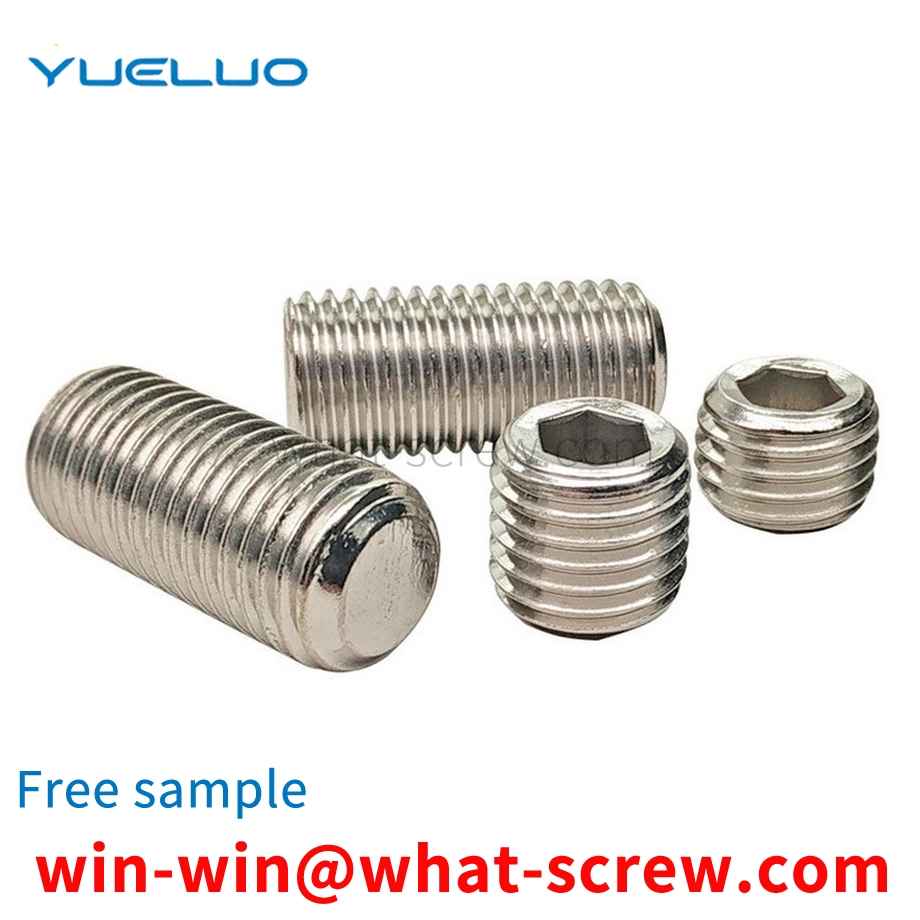
The motor bearing retaining ring is used to fix the axial position of the bearing. The structure of the bearing retaining ring 1 in the prior art is shown in FIG. 1 , which is a ring-shaped sheet-like structure with a gap, the inner diameter of which is smaller than the inner diameter of the connected bearing, and the outer side 11 of the ring is a continuous arc shape. The inner side of the ring is provided with a groove 12, 13 of the same size on both sides of the midpoint of the ring, and the width of the groove is equal to the distance from the groove to the gap of the ring. When the axial locking force (impact) of the bearing retaining ring of this structure is greater than 6.5N, serious deformation will occur or even the retaining ring will be separated from the shaft shoulder. In order to solve this problem, when the axial locking force is greater than 6.5N, the prior art generally adopts a two-ring combined structure of steel wire ring + bearing retaining ring, and its installation state is shown in Figure 2, as shown in Figure 2, l It is a bearing retaining ring in the prior art, 3 is a locking nut, 4 is a fan blade insert, 5 is a bearing, 6 is a shaft, and 7 is a wire ring. However, such a structure is costly and troublesome to assemble, especially if the bearing retaining ring is not placed in place during assembly, the bearing retaining ring is at risk of being crushed.
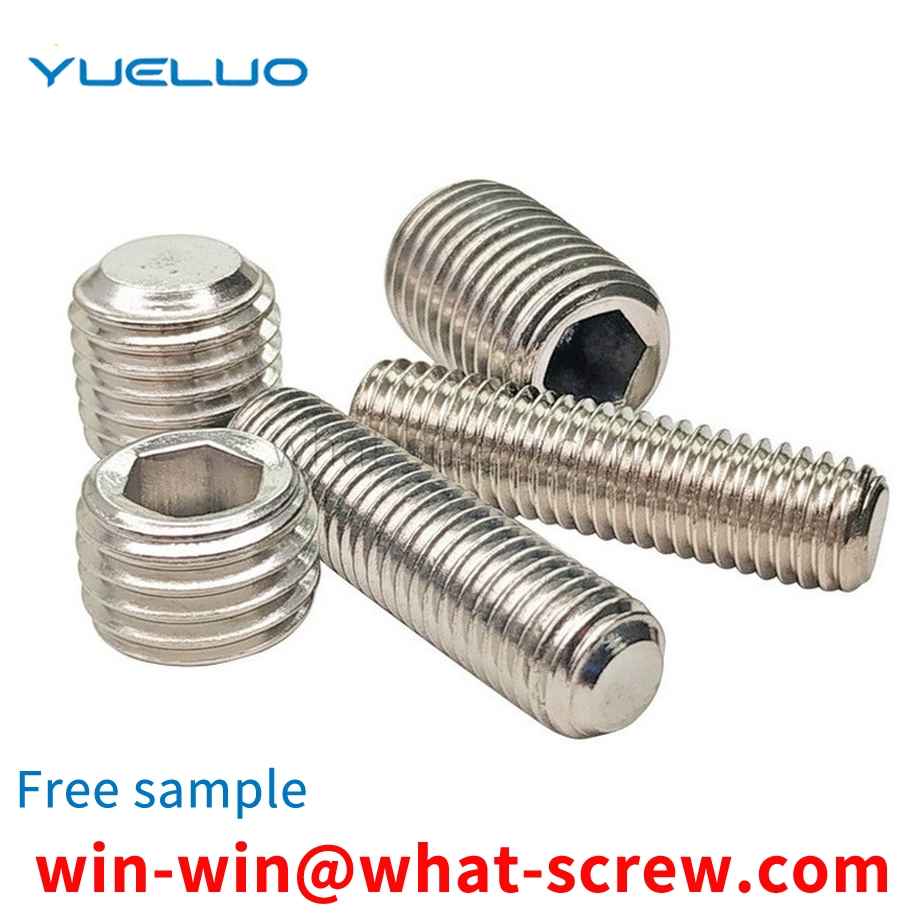
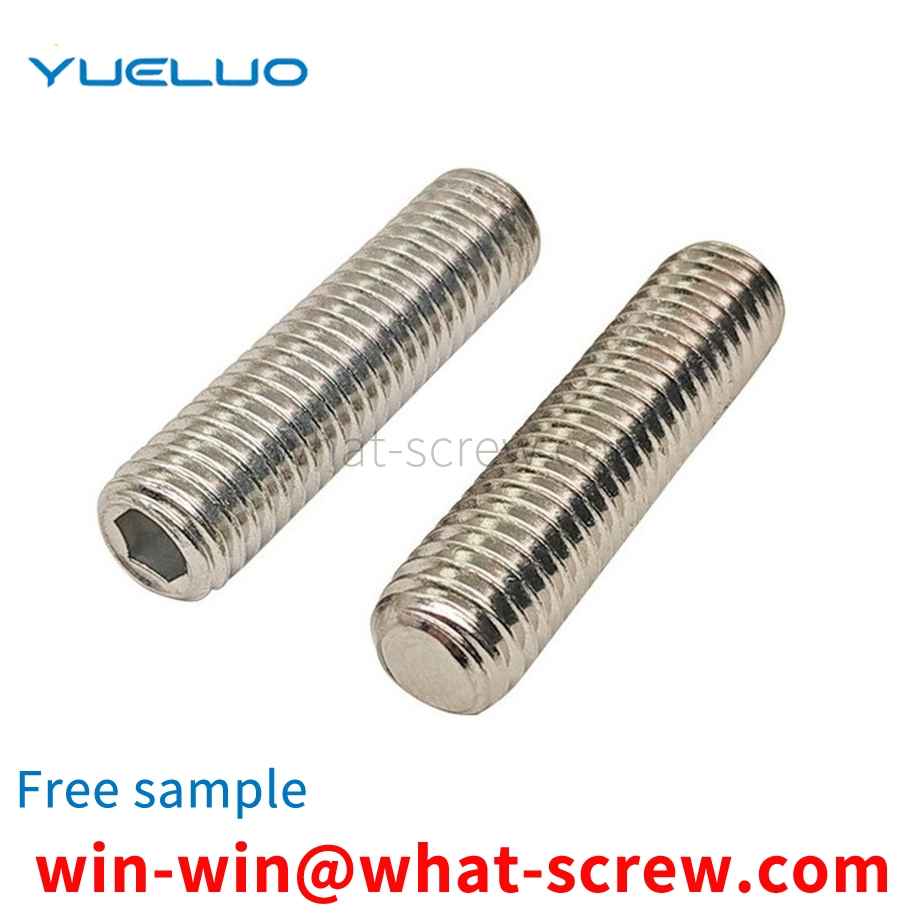
The circlip extrusion and positioning mechanism includes a vertically installed circlip sleeve rod and a linear module controlled by a positioning motor; a plurality of circlips to be installed are sleeved on the surface of the circlip sleeve rod; the surface of the linear module can be Mobile installation quick clamp; the clamping mouth of the quick clamp is a tight top plate; the tight top plate is in contact with the upper circlip and moves up and down with the up and down movement of the circlip sleeve;
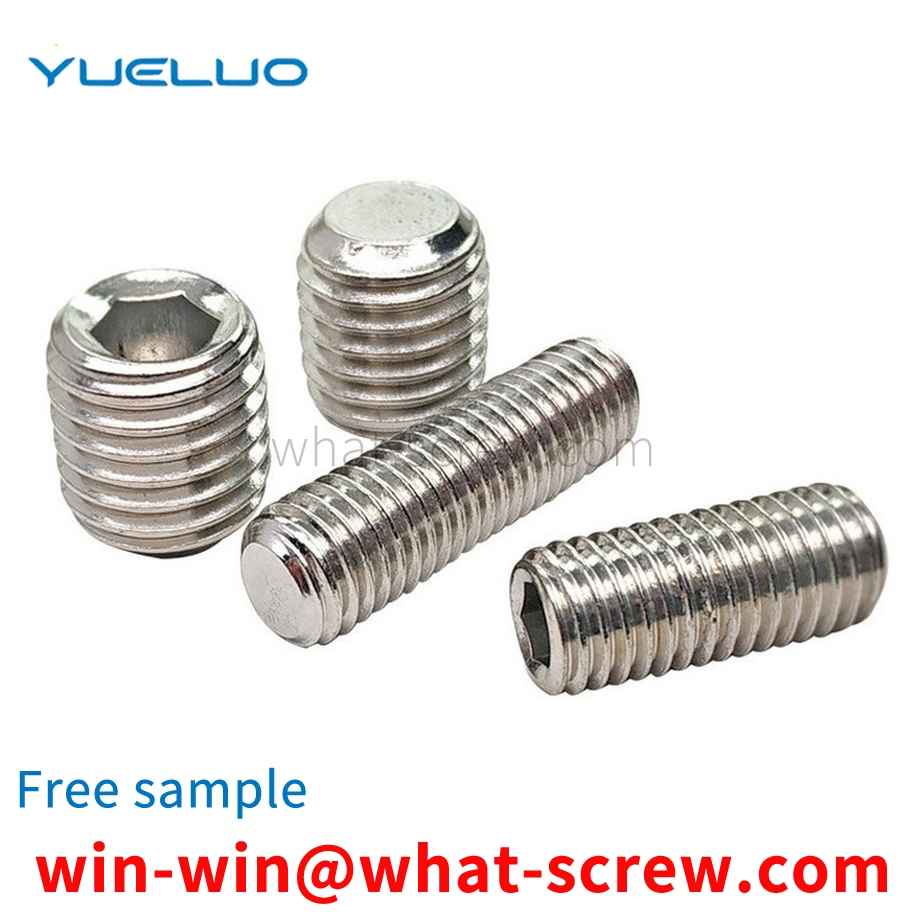
1. Correctly select the product a. Before use, confirm whether the mechanical properties of the product can meet the needs of use, such as the tensile strength of the screw and the guaranteed load of the nut. The length of the screw should be selected appropriately, and the 1-2 pitch of the nut will be exposed after tightening. b. Before use, check whether the threads are rough, and whether there is iron filings or dirt between the threads, which often lead to locking. c. The fasteners can be lubricated before use. It is recommended to use butter, molybdenum disulfide, mica, graphite or talc for lubrication. Generally, dipping wax is used for lubrication and anti-locking. [1] 2. Pay attention to the use method when using it. a. The speed and force of screwing in should be appropriate, not too fast or too large. Use a torque wrench or socket wrench as much as possible, and avoid using an adjustable wrench or an electric wrench. Excessive speed will cause the temperature to rise rapidly and cause lock-up. b. In the direction of force, the nut must be screwed in perpendicular to the axis of the screw. c. The use of washers can effectively prevent the problem of over-tightening.
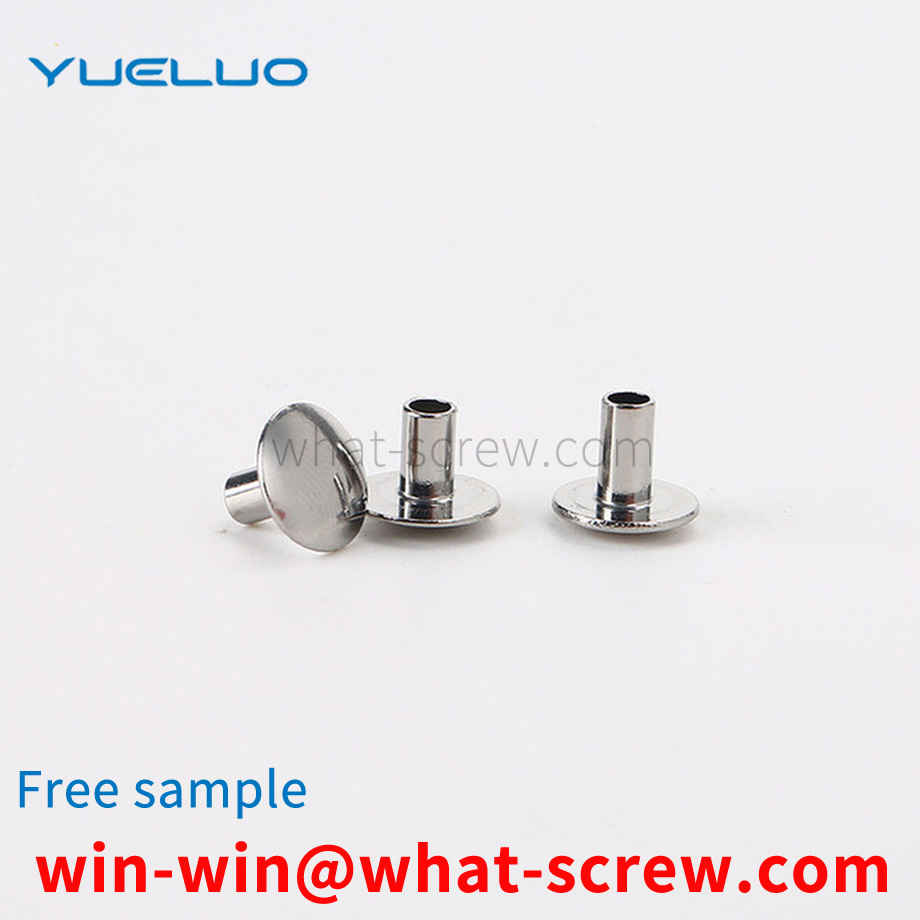
The above content is uploaded by Yueluo or the Internet. If there is any copyright issue, please contact [email protected].

What is the tolerance range of precision screws?

How to choose the right stainless steel screw manufacturer?

Why is there an R angle under the head of the hexagon head s...

We have more than ten years of production experience in the ...

We have more than ten years of production experience in the ...
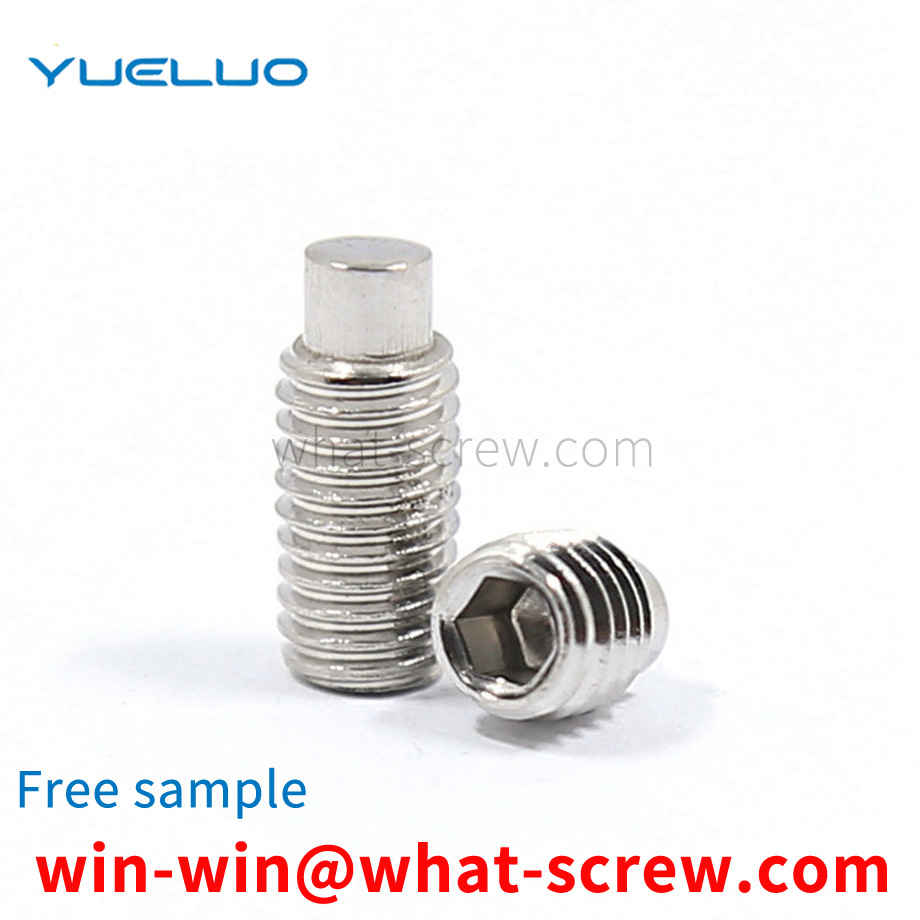
We have more than ten years of production experience in the ...
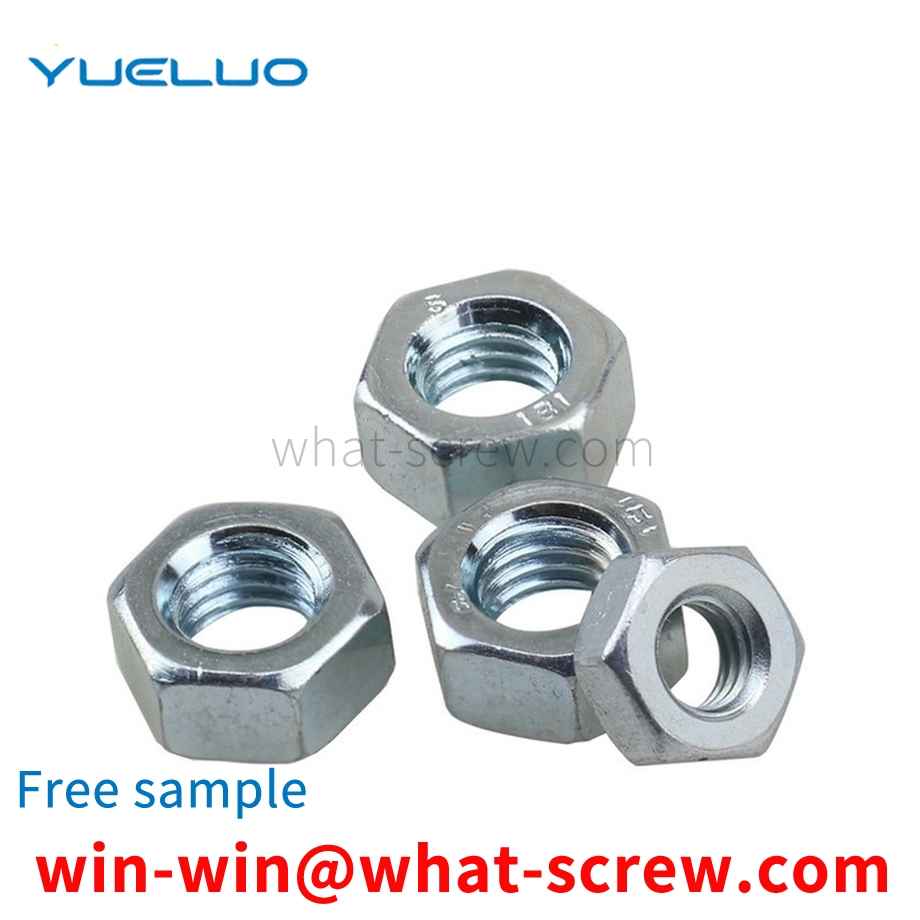
We have more than ten years of production experience in the ...